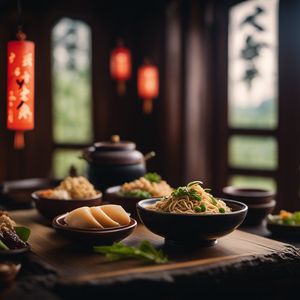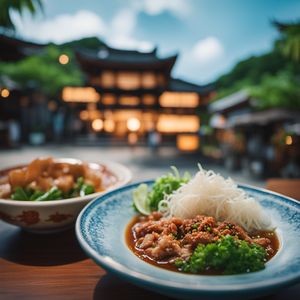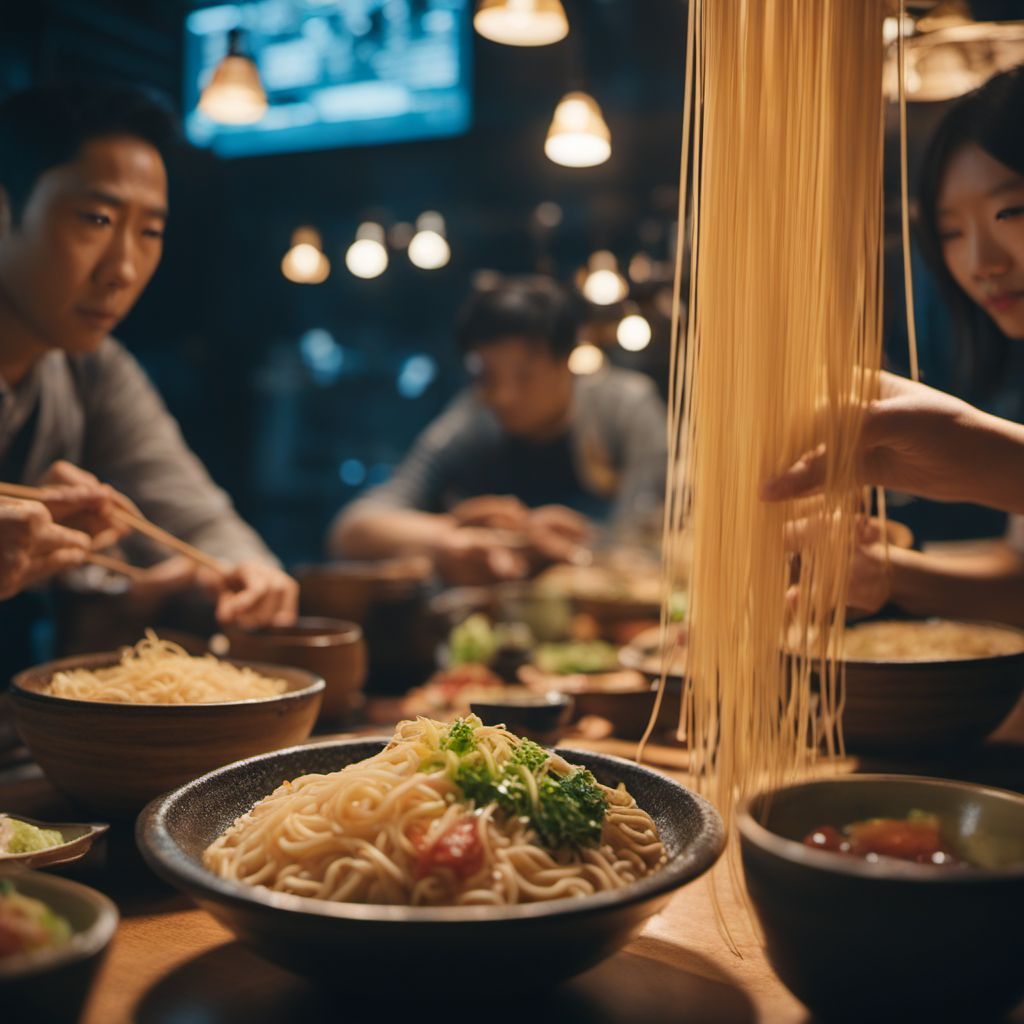
Dish
Tsukimi soba
The soba noodles are made from buckwheat flour and are served in a hot dashi broth. The raw egg is cracked into the broth and cooked by the heat of the broth. The dish is typically garnished with green onions and grated daikon radish. Tsukimi soba is a simple yet satisfying meal that is perfect for a chilly autumn evening.
Origins and history
Tsukimi soba originated in Japan and is traditionally eaten during the autumn months when the moon is full. The dish is named after the moon-viewing festival, which takes place in September or October.
Dietary considerations
Tsukimi soba is a gluten-free dish, but the dashi broth may contain gluten. It is also high in sodium due to the dashi broth.
Variations
There are many variations of tsukimi soba, including adding vegetables to the broth, such as mushrooms or spinach. Some variations also include adding meat or seafood to the broth.
Presentation and garnishing
Tsukimi soba is typically served in a bowl with the soba noodles on the bottom, followed by the broth and raw egg on top. The dish is garnished with green onions and grated daikon radish.
Tips & Tricks
To cook the egg, make sure the broth is hot enough before cracking the egg into it. Be sure to use a fresh egg to avoid any risk of foodborne illness.
Side-dishes
Tsukimi soba is often served with a side of pickled vegetables or a small salad.
Drink pairings
The dish pairs well with green tea or sake.
Delicious Tsukimi soba recipes
More dishes from this category... Browse all »
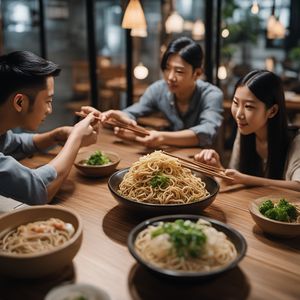
Abura soba
Japanese cuisine
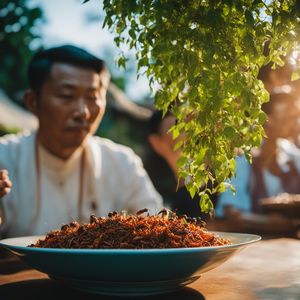
Ants Climbing a Tree
Chinese cuisine

Asahikawa ramen
Japanese cuisine
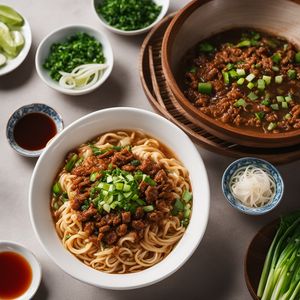
Biangbiang Noodles
Chinese cuisine
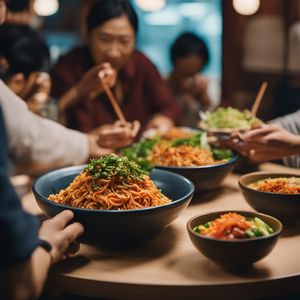
Bibim guksu
Korean cuisine
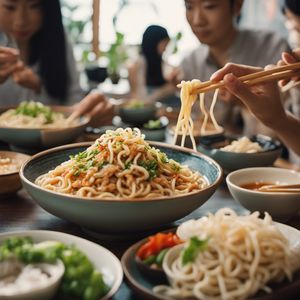
Bukkake udon
Japanese cuisine
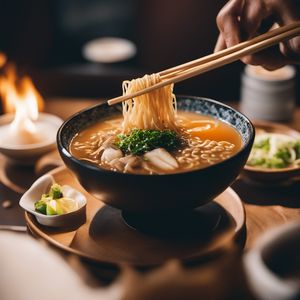
Burnt Miso Ramen
Japanese cuisine

Bánh canh
Vietnamese cuisine


